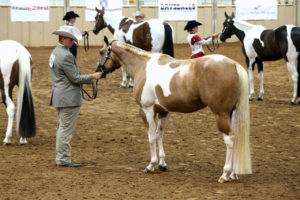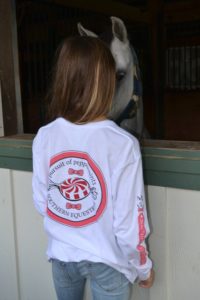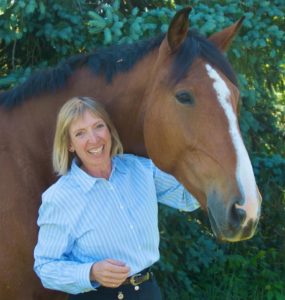Horsemanship Josh Peebles shares his seven tips for a more polite horse when you’re not able to ride this winter:
By LIZ CRUMBLY
Editor
Often, we find ourselves unable to ride when winter sets in. Sometimes the monotonous stable-to-pasture routine is the only time we handle our horses as the daylight hours wane. Josh Peebles, owner of All Purpose Horsemanship in Young Harris, Ga., gives us the rundown on some of the most important exercises to remember when handling your horses on the ground on a daily basis.
* Safety note: These exercises are for reasonably experienced handlers. If any of these are new to you or you’ve had trouble getting your horse to perform them in the past, do not put yourself in a dangerous situation, and do consider seeking the help of a professional.

1. Horses who are not in regular work often become sour when being walked to and from the barn. Stop and back your horse a few times en route to the stall to make sure he’s paying attention to your footfalls and pace. If he’s particularly fresh, try backing him into his stall or the pasture before mealtime or turnout.
2. When turning a horse out, make sure you turn him to face you and make him stand calmly for a few seconds. If you make this a routine, he should eventually stand to face you as you leave the turnout area. “When you turn the horse loose, don’t just stand there. You walk away from him … he should stand there at least until you exit the gate,” Josh explains.
3. If he’s not being ridden, a horse is more likely not to be in work ethic mode. When you simply pour his feed out and walk away, he hasn’t earned it. Josh recommends haltering your horse at feeding time and even brushing him a little before actually giving him his hay and/ or grain.
4. If you feed your horse in a stall, pour the feed in his bucket and then bring him in the barn to eat. Send him into and lead him out of the stall several times before taking the halter off so he doesn’t get the idea that it’s okay to run over you at feeding time.
5. “If a horse will lead properly, he will load pretty easily,” Josh says. Spend a half hour or so (depending on the horse’s temperament) every now and then working on making trailer loading a more voluntary experience. For experienced horses and handlers, Josh recommends gradually increasing the distance between you and the horse during loading so that he “hunts for the trailer.”
6. Teach your horse to put his head down when you halter him by applying a little poll pressure until he lowers his head. Work on getting him to a point where he knows he will be haltered and faces up to you when it’s time to be caught.
7. Pick those feet up regularly! This is a situation where a handler can be vulnerable, and it’s essential that your horse remembers his manners. Practice makes perfect here, and you can’t do it too much.




